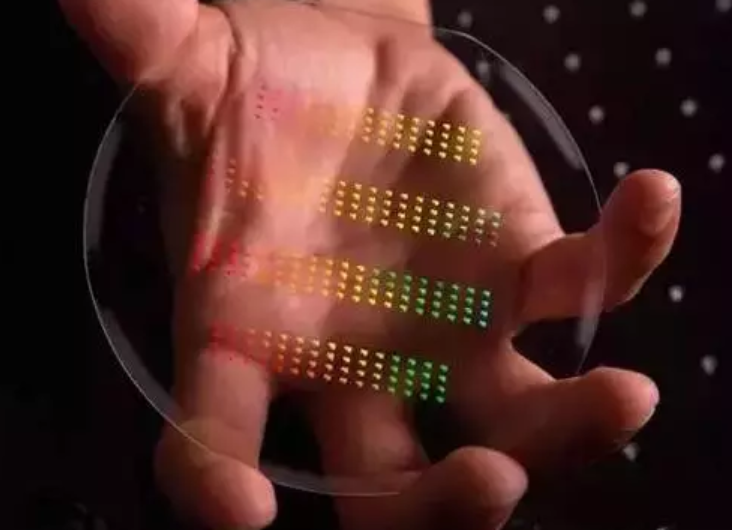Applications of Graphene in Electronics
Graphene is revolutionizing the electronics industry due to its exceptional electrical conductivity, mechanical strength, flexibility, and thermal conductivity. These properties make it an ideal material for next-generation electronic devices. Below are the key applications of graphene in electronics.

1. High-Speed Transistors
-
Graphene transistors operate at terahertz frequencies, significantly faster than silicon-based transistors.
-
Enables ultra-fast computing and high-performance processors.
-
Companies like IBM and Samsung are investing in graphene-based field-effect transistors (GFETs).
2. Flexible and Transparent Electronics
-
Used in bendable smartphones, foldable displays, and wearable devices.
-
Graphene’s transparency and conductivity make it ideal for touchscreens, OLEDs, and e-paper displays.
-
Enables lightweight, durable, and energy-efficient screens.
3. Next-Generation Batteries & Supercapacitors
-
Enhances lithium-ion battery performance by increasing charge capacity and cycle life.
-
Graphene supercapacitors charge in seconds and store more energy than traditional capacitors.
-
Used in electric vehicles (EVs), smartphones, and IoT devices.
4. Graphene-Based Sensors
-
Ultra-sensitive biosensors for medical diagnostics (e.g., glucose monitoring, virus detection).
-
Gas sensors for environmental monitoring and industrial safety.
-
Optical sensors for advanced imaging and cameras.
5. Heat Dissipation and Thermal Management
-
Graphene is used in thermal interface materials (TIMs) for cooling CPUs, GPUs, and 5G equipment.
-
Improves heat dissipation in smartphones, LED lighting, and high-performance computing.
-
Major companies like Huawei, Xiaomi, and Intel are integrating graphene-based heat spreaders.
6. Graphene Antennas for 5G & IoT
-
Enables miniaturized, high-speed, and energy-efficient antennas.
-
Graphene antennas support high-frequency communications, crucial for 5G, 6G, and IoT networks.
-
Improves signal strength and reduces power consumption.
7. Quantum Computing & Spintronics
-
Graphene is explored for quantum dots and spintronics, potentially replacing silicon in quantum computers.
-
Enables energy-efficient, ultra-fast logic gates.
-
Research is ongoing at MIT, IBM, and Cambridge University.
8. Graphene in Printed Electronics
-
Used in flexible circuits, RFID tags, and transparent conductive films.
-
Enables low-cost, high-speed, and lightweight printable electronics.
-
Key for disposable sensors, smart packaging, and wearable e-textiles.
Conclusion
Graphene is transforming the electronics industry by enabling faster, more efficient, and flexible devices. From high-speed transistors and batteries to sensors and quantum computing, graphene’s impact is accelerating technological innovation. As production costs decrease, graphene-based electronics will become mainstream, leading to a new era of ultra-fast and sustainable technology.

